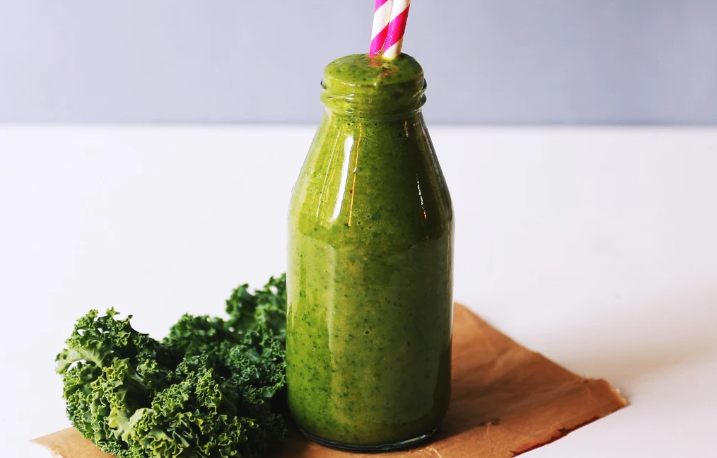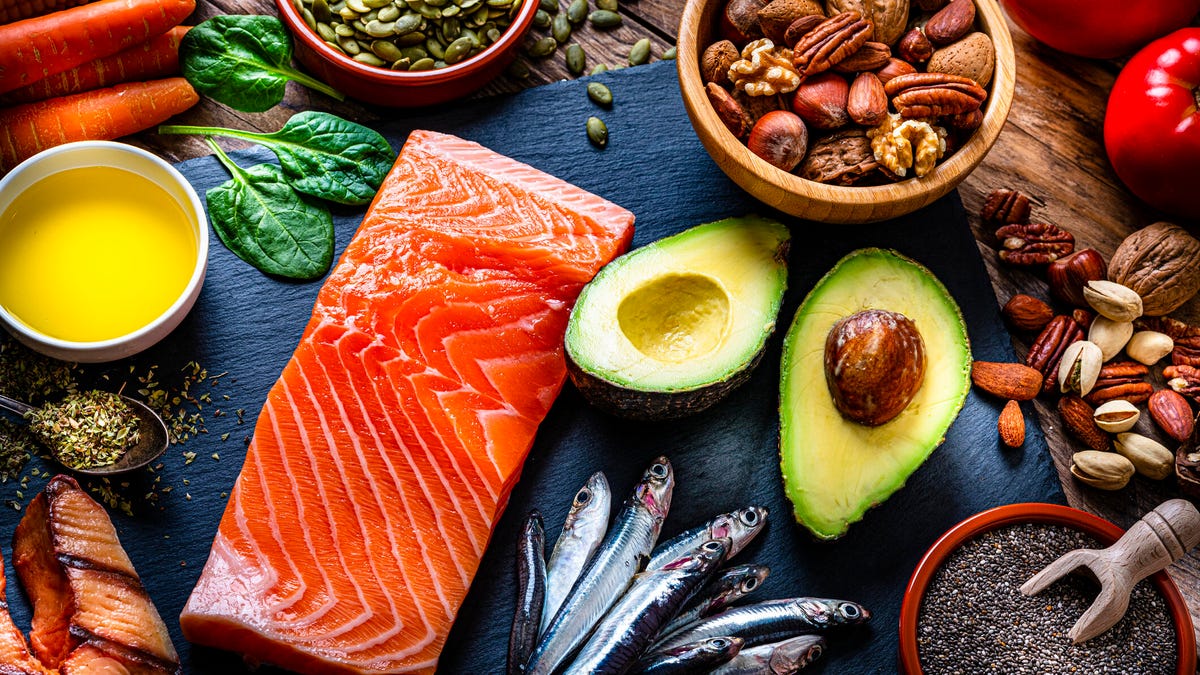
Source: Moyo Studio / Getty
Brain fog is something many people experience but few can find the cause of. CNBC reports that roughly 600 million people worldwide suffer from brain fog, which the medical community refers to as “cognitive dysfunction.” Dealing with brain fog can be frustrating. It can make tasks take much longer than they should, and cause you to make mistakes. Brain fog is similar to irritable bowel syndrome in that it simply describes a group of symptoms, of which there could be many causes. You know it’s not sleep deprivation if you’re sleeping enough. You know it’s not depression if you feel happy. It’s such a tricky condition to get to the root of.
We do know this: what you eat plays a big role in you experiencing (or not experiencing) brain fog. The National Library of Medicine reports that there are many ways that our diet impacts our cognitive abilities. If you’re tired of fighting brain fog with caffeine or cold showers, it’s important to know about these foods that can combat it.
Olive Oil

Source: simonkr / Getty
Research out of the National Library of Medicine found many connections between a Mediterranean diet and improved brain function. In fact, those who stick to such a diet see fewer incidents of several cognitive disorders. Olive oil is a staple of the Mediterranean diet and is excellent for brain health. It’s high in vitamin E, which fights free radicals in the brain.
How to eat it: For a quick and healthy lunch, drizzle olive oil over fresh mozzarella and tomato slices, along with fresh basil (if you have it), or dry basil. Add salt and pepper to taste. Olive oil is most potent when left raw so use this for dressings and marinades – not to cook on high heat with.
Leafy Greens

Source: Catherine McQueen / Getty
Leafy green like spinach and kale are high in iron, and often brain fog is linked to an iron deficiency. Iron also helps with blood flow, which contributes to alertness. Swiss chard and collard greens are additionally excellent sources of this important nutrient.
How to eat it: there are many ways to enjoy these healthy greens. Kale can be had raw in a salad with beets, goat cheese, lemon juice, olive oil, salt and pepper. Or, it can be sautéed with a little fresh garlic and olive oil. Swiss chard and collard greens are also great sautéed with fresh garlic, salt, pepper and olive oi. Sprinkle with a little fresh lemon at the end to bring the flavors out. Spinach can be had raw in a salad (try it with feta cheese, strawberries and balsamic), or sautéed with olive oil.
Gluten-free foods

Source: Capelle.r / Getty
If you’ve been curious about a gluten-free diet, this might encourage you to try one: gluten and cognitive dysfunction are often connected. One study in the National Library of Medicine found that those suffering from non-treated celiac disease saw a great reduction of brain fog by quitting gluten. Additional research has shown that a gluten-free diet can even improve depression in those with non-celiac gluten sensitivities. All in all, the research shows that gluten and the brain are connected.
How to try this diet: Explore different gluten-free bread and pasta offerings (we covered some of our favorites here). Many major chain grocery stores now carry these. Opt for more gluten-free grains like quinoa, brown rice and millet.
Salmon

Source: kajakiki / Getty
This pretty pink fish is loaded with omega-3s, a healthy type of polyunsaturated fatty acids that are great for the brain. Neuroendocrinology Letters reports that adding omega-3s to one’s diet can greatly reduce the symptoms of chronic fatigue syndrome.
How to eat it: Baking salmon in the oven takes barely 20 minutes, but if you’re in a hurry, you can also buy canned salmon. Prepare it like you would canned tuna – you can make a salad with it or put it on a sandwich.
Avocado

Source: Anjelika Gretskaia / Getty
Even if the restaurant charges extra for the guacamole, it’s worth it. This creamy green fruit has lutein, which Nutritional Journal reports improves our ability to think. It really is a superfood. It’s also high in healthy fats that are good for the brain. —And if you’re a Black vegan, avocado is great ingredient to incorporate in vegan dishes.
How to eat it: Smash avocado on toast and add a little salt, pepper, lemon juice and paprika for a flavorful and healthy snack. Or, simply cut an avocado in half, remove the pit, and fill the centers with a bit of olive oil, lemon juice, salt and pepper. Then, eat it with a spoon.
Eggs

Source: Rösch,Sandra / Getty
Eggs have long been a staple of a balanced breakfast and for good reason. Eggs contain choline, which is good for brain function.
How to eat it: Scrambled eggs are easy enough, but if you’re looking for a way to incorporate eggs into lunch or dinner, consider making a frittata or a quiche. These egg-heavy dishes are easy to pair with your favorite veggies, along with sausage and cheese.
Celery

Source: Hubei territory Network Technology Co., Ltd/ 500px / Getty
An overlooked vegetable, celery has luteolin, a flavonoid antioxidant that reduces inflammation in the brain and can slow cognitive aging. Plus, celery can combat constipation and constipation contributes to brain fog, says Hopkins Medicine.
How to eat it: when you’re in a hurry, you can’t go wrong with celery sticks and hummus or ranch. You can also go old school and make aunts on a log with peanut butter, raisins and celery.
In case you missed it, On March 24, MADAMENOIRE kicked off the Black Vegan Cooking Show which is also a great resource for healthy meals that feed the brain and body. Lean into to the first episode with Chef Charlise Rookwood and rapper Styles P:











